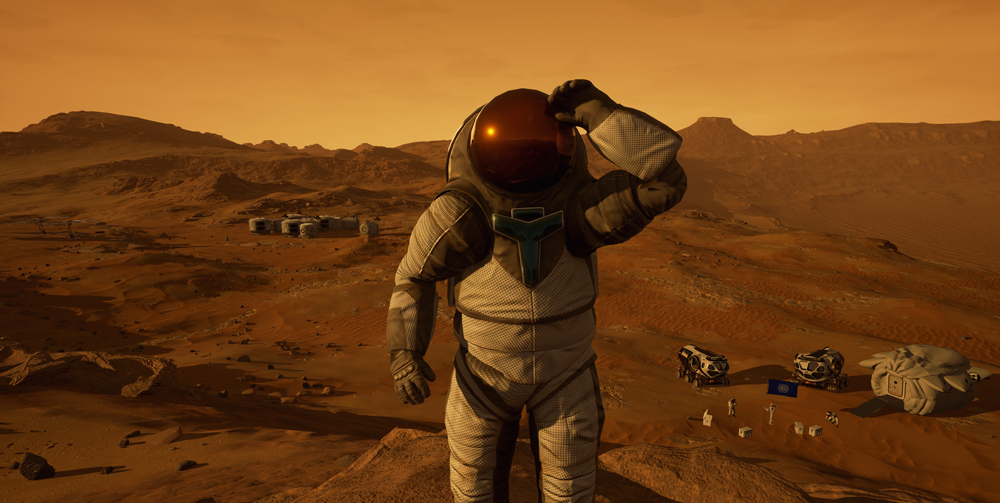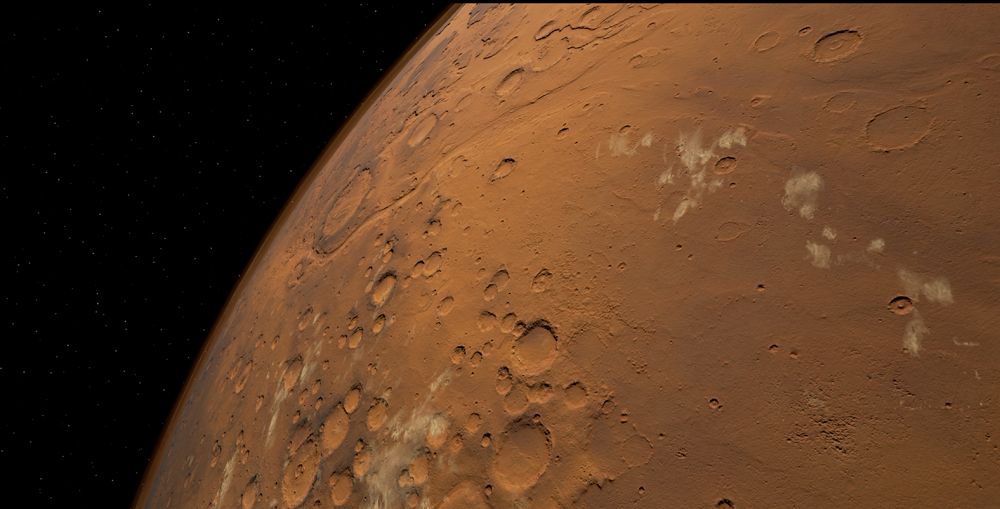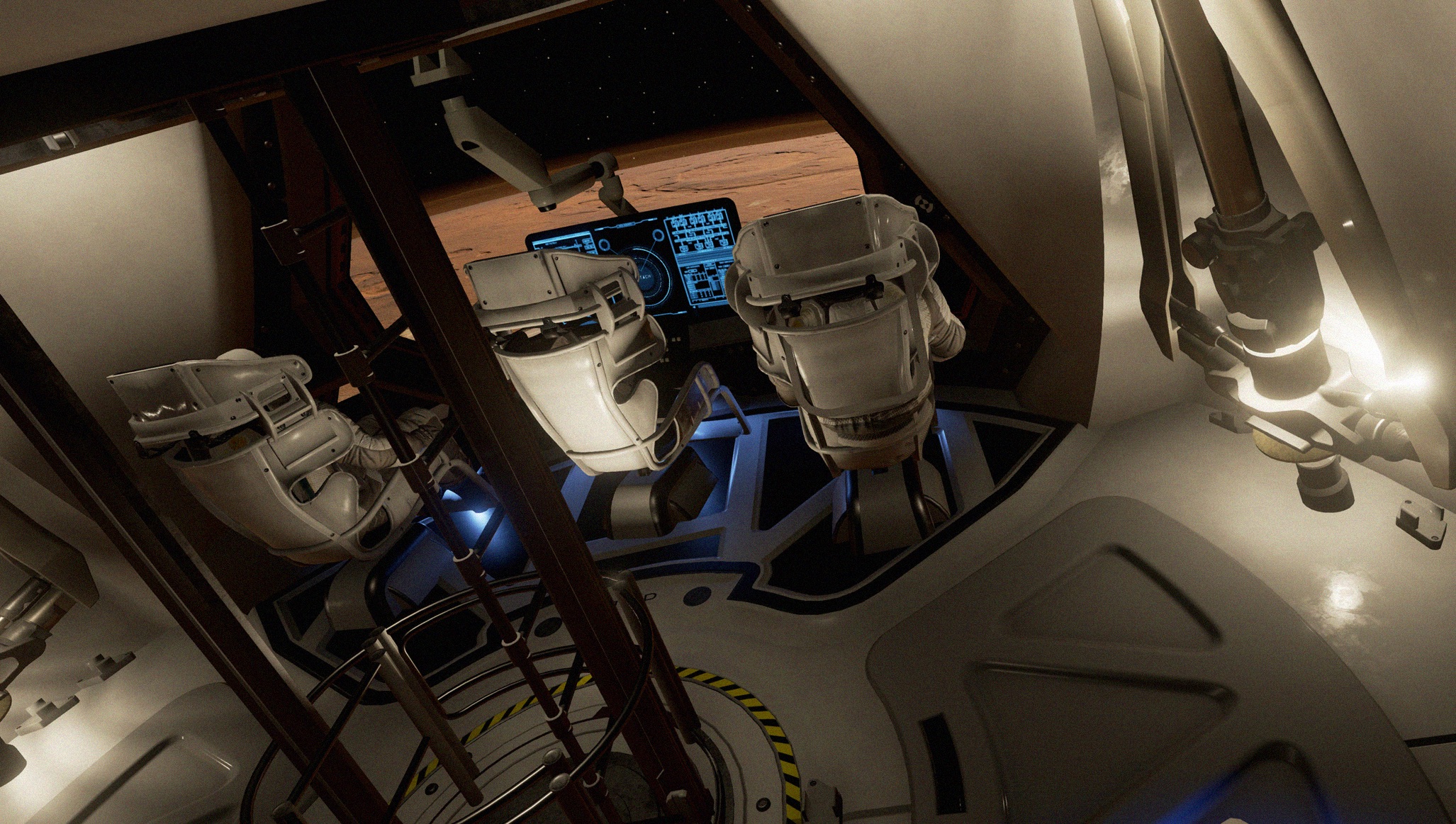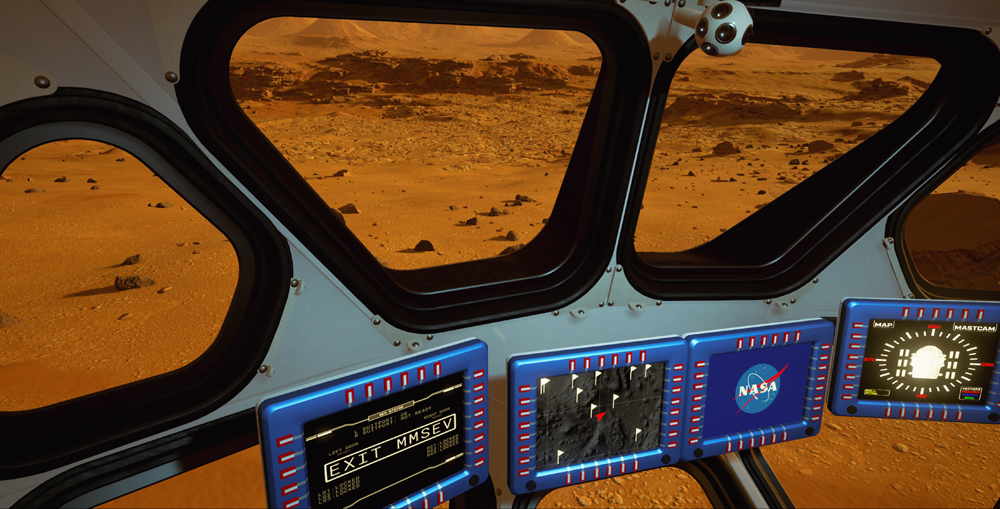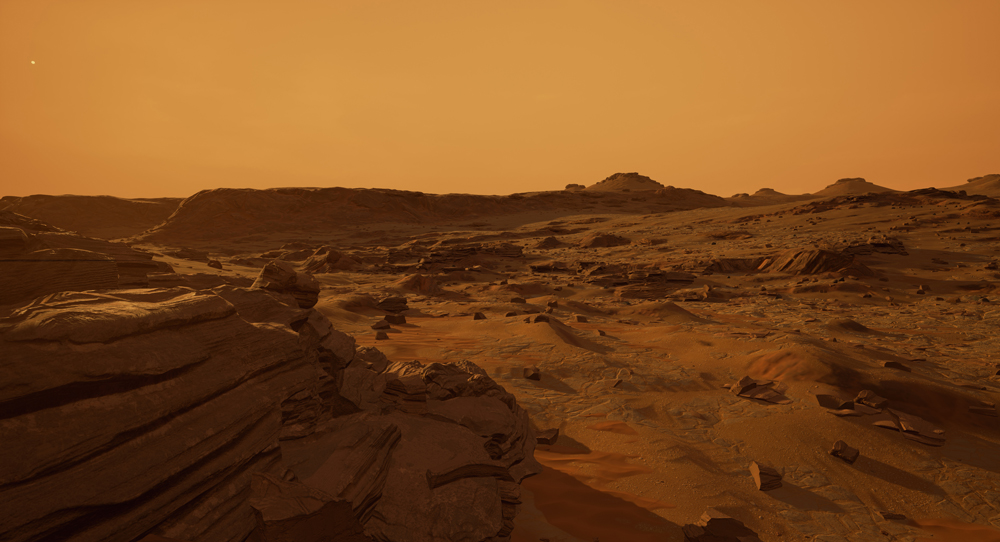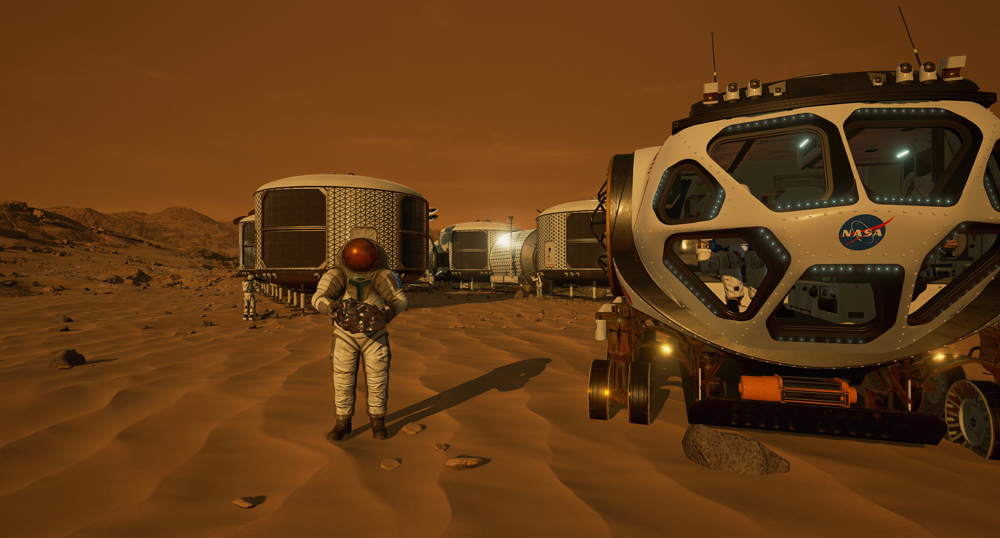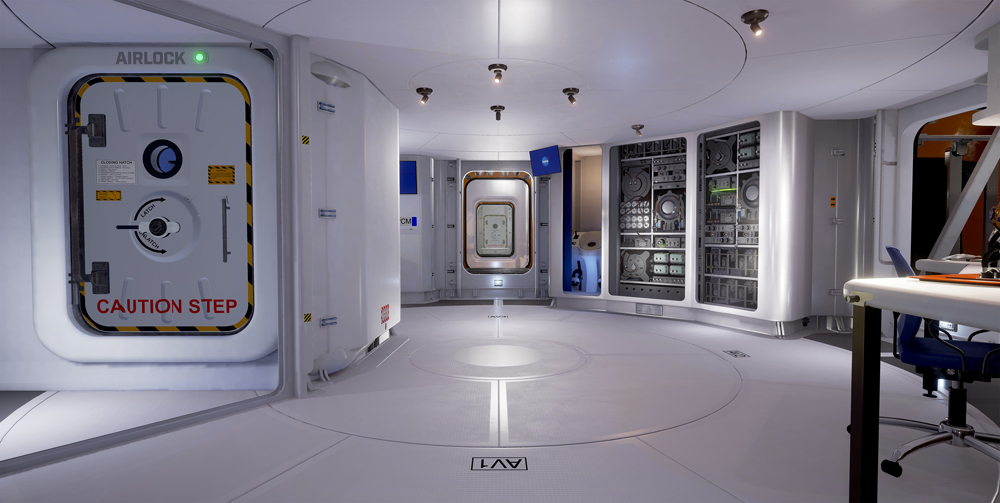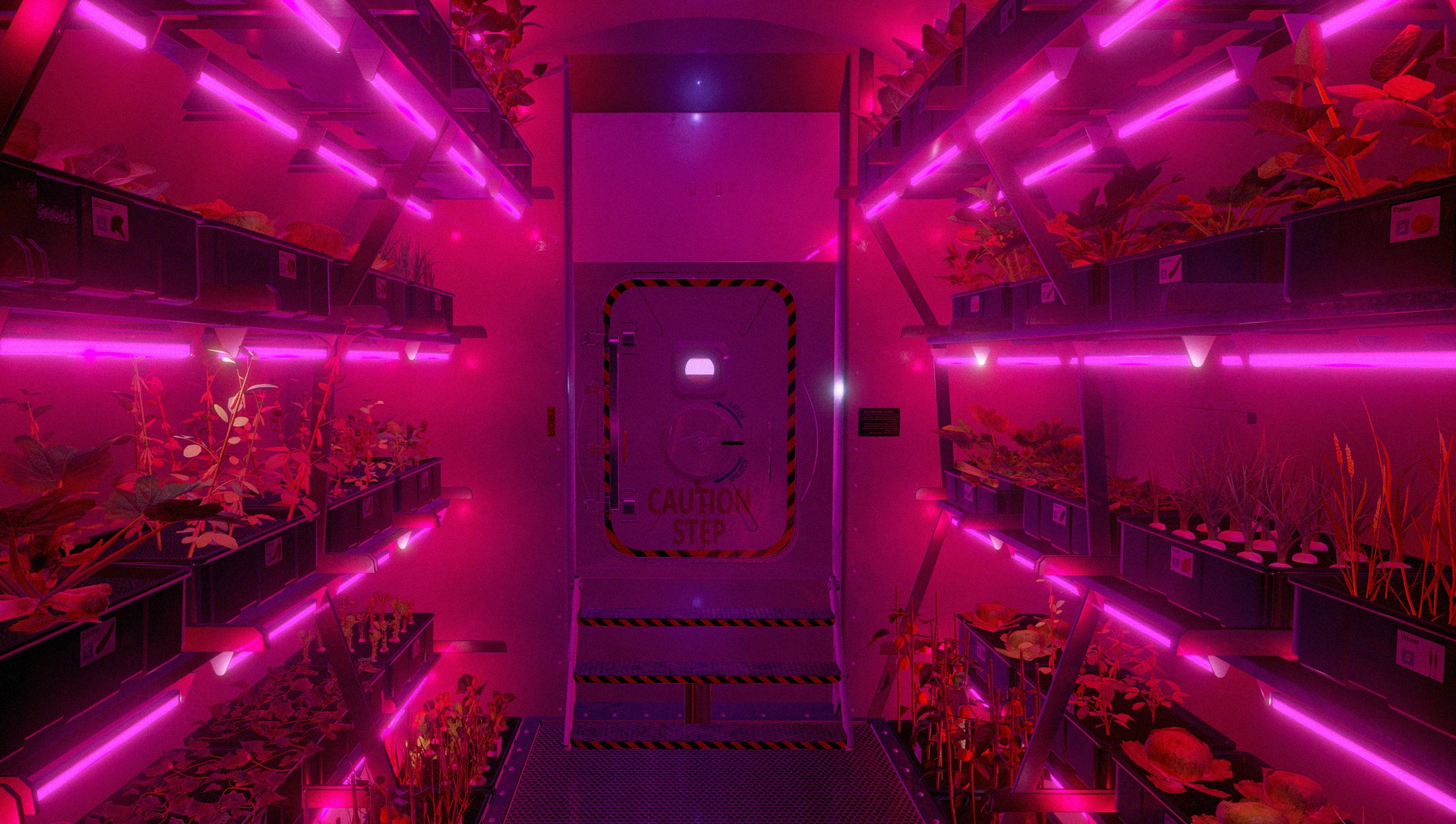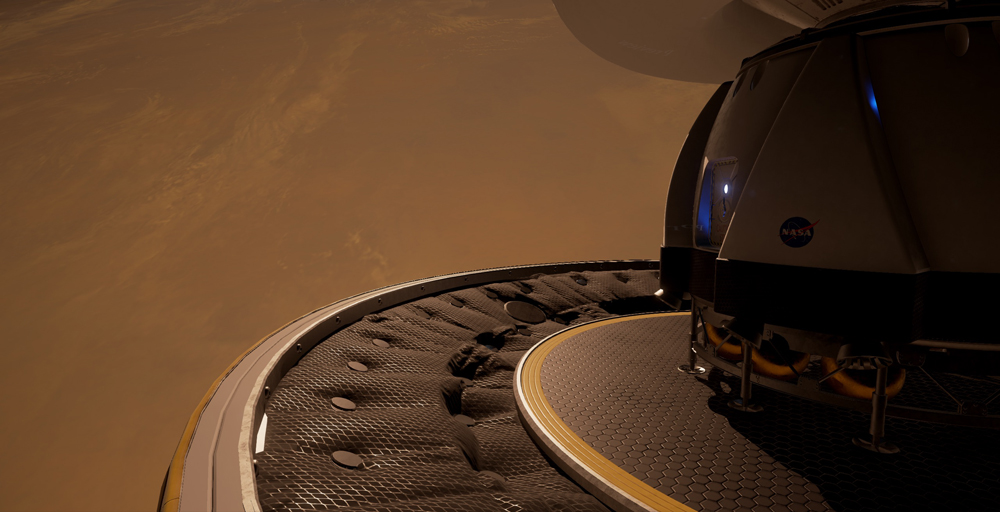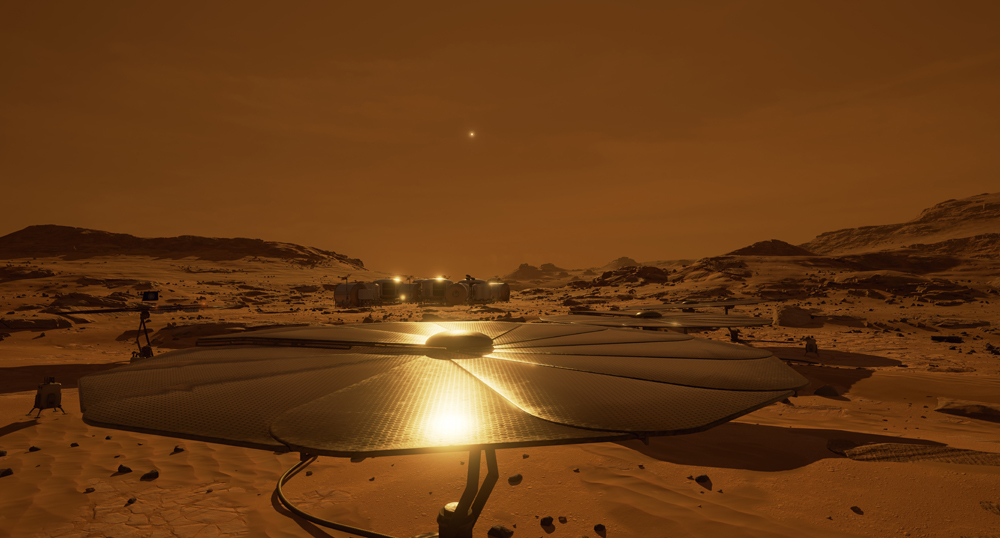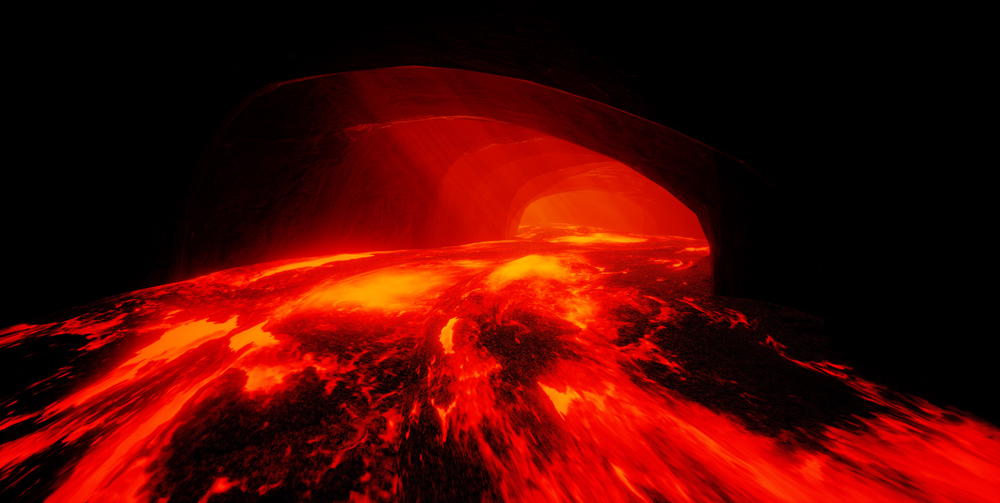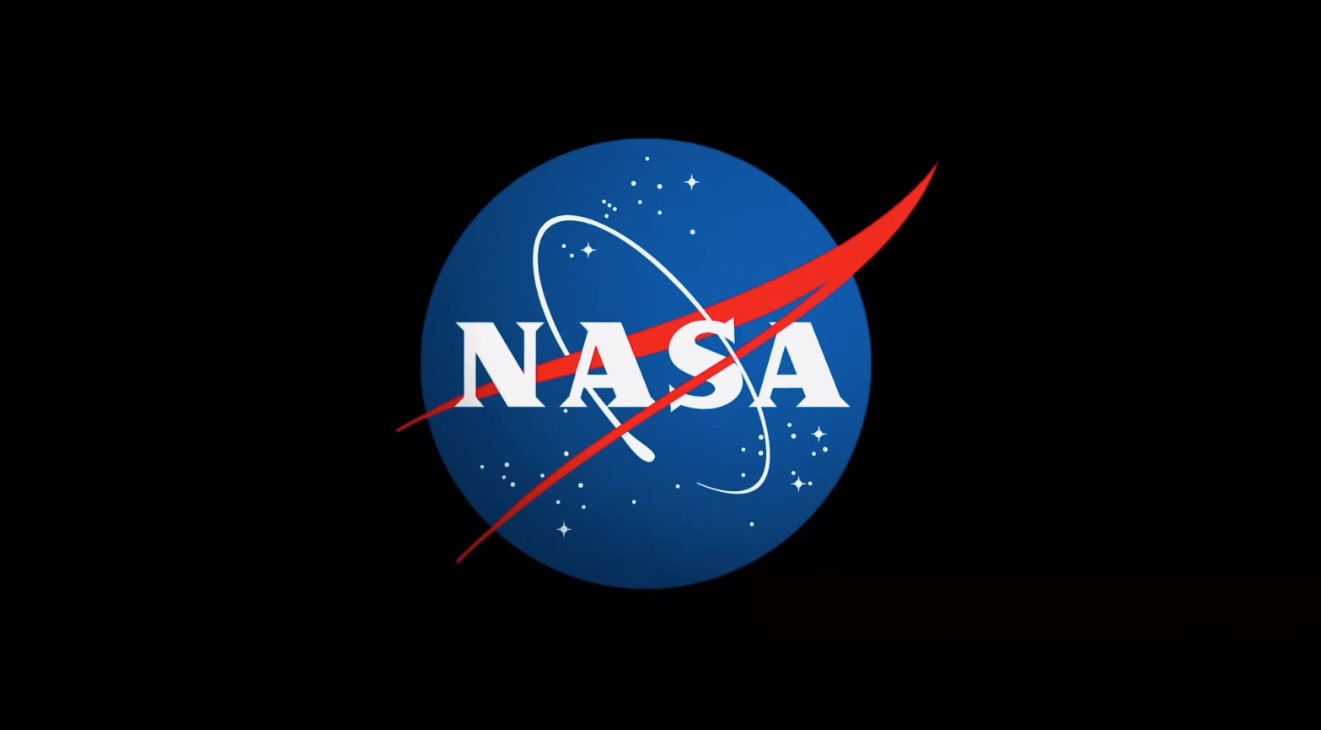Red Planet VR: 'Mars 2030' in Pictures
Welcome to Mars
In Fusion Media Group's "Mars 2030," players don a virtual reality headset to explore the surface of Mars.
Read about Space.com's experience trying "Mars 2020" here.
An accurate view
Players who land on the surface of Mars are able to explore 25 square miles (40 square km) of the Red Planet drawn from the Mars Reconnaissance Orbiter's HiRISE camera, as well as exploring a habitat based on a prototype designed by NASA's Langley Research Center.
Landing crew
The player lands on Mars with two other crewmembers; look around at them now, because they don't show up again.
Arrival
"Mars 2030" players are tasked with exploring the planet and collecting samples. The team collected actual audio from the rover at Johnson Space Center's Mars Yard to make the driving experience realistic.
Rolling
Players can travel to different points of interest on Mars to gather samples and explore.
The habitat
Finally, players can enter the Mars habitat. Jumping yields a slow fall due to Mars' lower gravity compared to Earth's.
Home base
Inside the habitat, players can explore the waste processing area, Veggie unit (complete with rows of planted greenery) and a research lab.
Breaking space news, the latest updates on rocket launches, skywatching events and more!
Veggie unit
Inside the habitat, the Veggie unit hints at how astronauts support themselves on an inhospitable planet.
Vivid view
The machinery on Mars is realized in detail.
Weather
Mars goes through day and night cycles over time, and even experiences dust storms which can blot out the sun.
Lava tubes
The players can explore an enormous Martian lava tube, and after taking a sample see a snapshot of the violent geology that created it.

Space.com is the premier source of space exploration, innovation and astronomy news, chronicling (and celebrating) humanity's ongoing expansion across the final frontier. Originally founded in 1999, Space.com is, and always has been, the passion of writers and editors who are space fans and also trained journalists. Our current news team consists of Editor-in-Chief Tariq Malik; Editor Hanneke Weitering, Senior Space Writer Mike Wall; Senior Writer Meghan Bartels; Senior Writer Chelsea Gohd, Senior Writer Tereza Pultarova and Staff Writer Alexander Cox, focusing on e-commerce. Senior Producer Steve Spaleta oversees our space videos, with Diana Whitcroft as our Social Media Editor.
